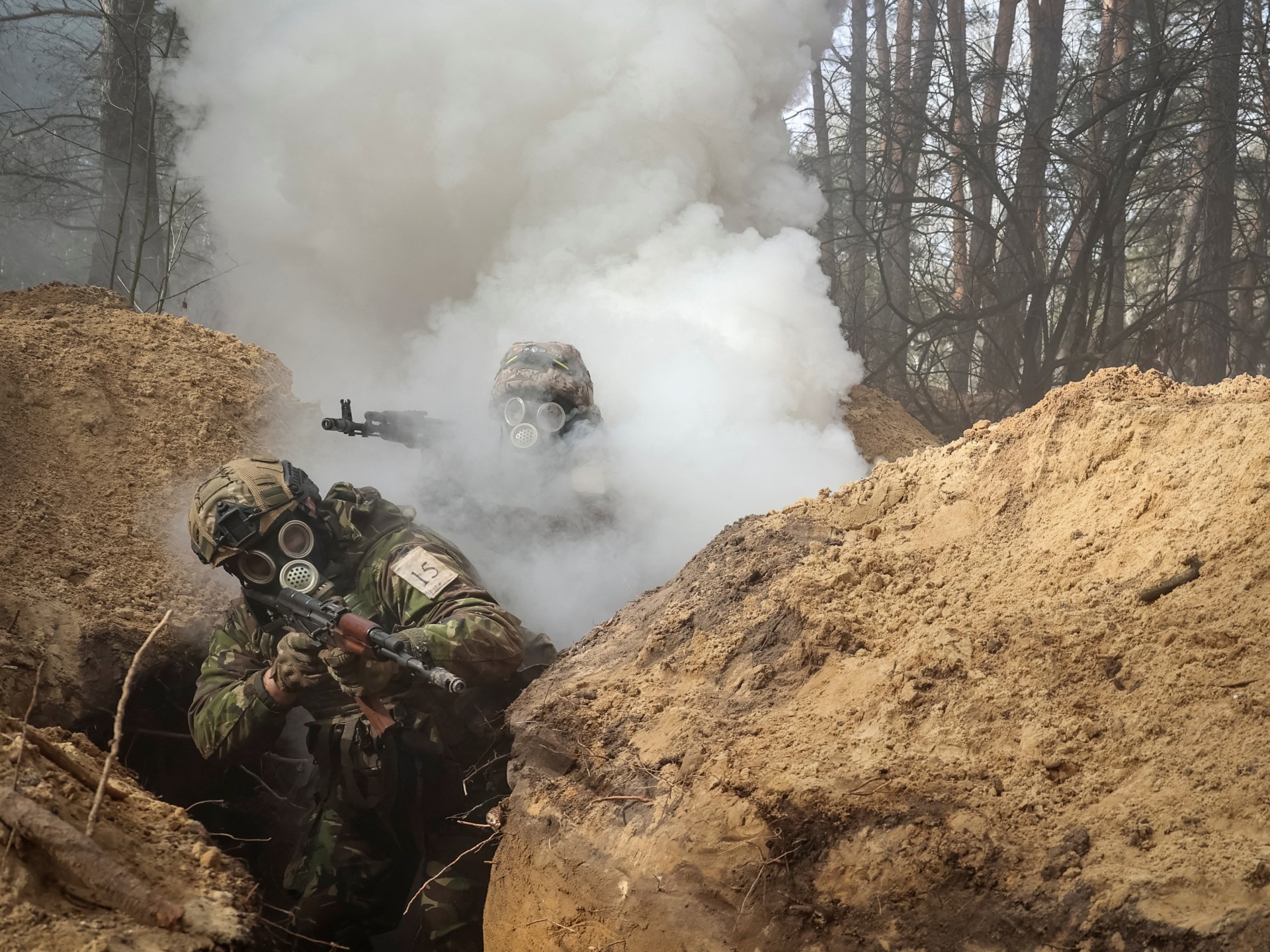Global Scrutiny Grows Over Chemical Weapons Allegations Amid Ongoing Conflict in Ukraine

Shocking Allegations Ignite Global Scrutiny over Suspected Chemical Weapons in Ukraine
Allegations and International Response
Recent developments have brought forward significant accusations regarding the creation and deployment of forbidden chemical substances within Ukrainian territory. Representatives have publicly asserted the detection of multiple instances suggesting the use of toxic compounds during ongoing hostilities. These observations are said to be supported by records of hazardous agents being discovered on contested lands, sparking an immediate appeal for expert intervention from the global safeguarding authority overseeing chemical armaments.
The international body responsible for upholding the prohibition of these substances has responded promptly, with technical missions dispatched to the region in question. Their mandate involved the collection of physical samples, digital evidence, and direct testimonies, all aimed at thoroughly examining the circumstances under which these agents may have been employed. The evidence gathered across several missions included residues from explosive devices, environmental materials, and remnants from unmanned aerial vehicles, each sample subjected to stringent chain-of-custody requirements before analysis in accredited laboratories.
Key Findings and Technical Analysis
Laboratory analysis confirmed the presence of 2-Chlorobenzylidenemalononitrile, a compound more widely recognized as CS, across multiple collected samples. CS is universally categorized as a riot control agent; its use in a conflict zone directly contravenes established international conventions prohibiting chemical warfare. Notably, the organizational report clarified that the investigation did not extend to tracing the precise origins or actors responsible for introducing these agents but focused strictly on verifying the existence and type of chemical compounds present.
The magnitude and scale of evidence suggest a sophisticated network or infrastructure capable of generating substantial quantities of toxic substances suitable for military purposes. This finding points toward the potential existence of an organized system dedicated to large-scale production, underscoring the severity and complexity of the situation. The resulting documentation, coupled with technical and environmental evidence, forms the basis for ongoing reviews and the development of international recommendations on chemical safety and security within the affected regions.
Procedural Developments and Support Measures
In tandem with analytical efforts, additional support has been pledged by several international actors to assist the organization in its mission within the disputed zones. This includes the provision of advanced equipment, scientific training, and logistical resources designed to enhance local capabilities in chemical threat detection and incident response. The financial and technical backing aims to reinforce ongoing inquiries and bolster resilience against further hazardous incidents.
At the procedural level, the documented technical assistance requests have yielded comprehensive reports, which are being reviewed by relevant authorities for potential follow-up actions. These findings are expected to inform policy both within the international body charged with oversight and among its member states, who remain vigilant concerning the legal and humanitarian ramifications of confirmed chemical agent use. Transparency and robust verification processes continue to guide these investigations, ensuring that all collected evidence adheres to recognized standards of scientific rigor.
Terminology and Legal Foundations
The core terminology surrounding these investigations revolves around agents like 2-Chlorobenzylidenemalononitrile, classified as a riot control compound under international treaties. Crucially, while such agents may be permissible for law enforcement use, their deployment in areas of armed conflict constitutes a breach of established global protocols. The framework for these prohibitions is enshrined in a multilateral convention, which mandates comprehensive reporting, inspection, and verification whenever allegations of unauthorized use arise.
Pivotal to this process are technical missions, or Assistance Visits, which serve as the operational backbone for evidence gathering in cases of suspected violations. Each mission involves meticulously structured fieldwork, documentation, laboratory verification, and the secure handling of all materials to prevent tampering or misrepresentation. These technical terms and methodologies form the common language for experts engaged in analyzing and reporting on such serious incidents.
Broader Implications and Next Steps
As international attention remains intensely focused on these revelations, subsequent actions will likely center on continued data collection, collaborative analysis, and ongoing efforts to mitigate further risks. The dissemination of technical findings to member states ensures that policy decisions reflect the most up-to-date and accurate information available, fostering a climate of accountability and transparency.
Overall, the unfolding situation highlights the critical importance of established international mechanisms and technical expertise in confronting allegations of banned substances in zones of conflict. Ongoing surveillance, independent verification, and proactive support from the global community are indispensable pillars in managing and resolving such matters, safeguarding civilian populations, and upholding collective security standards.
